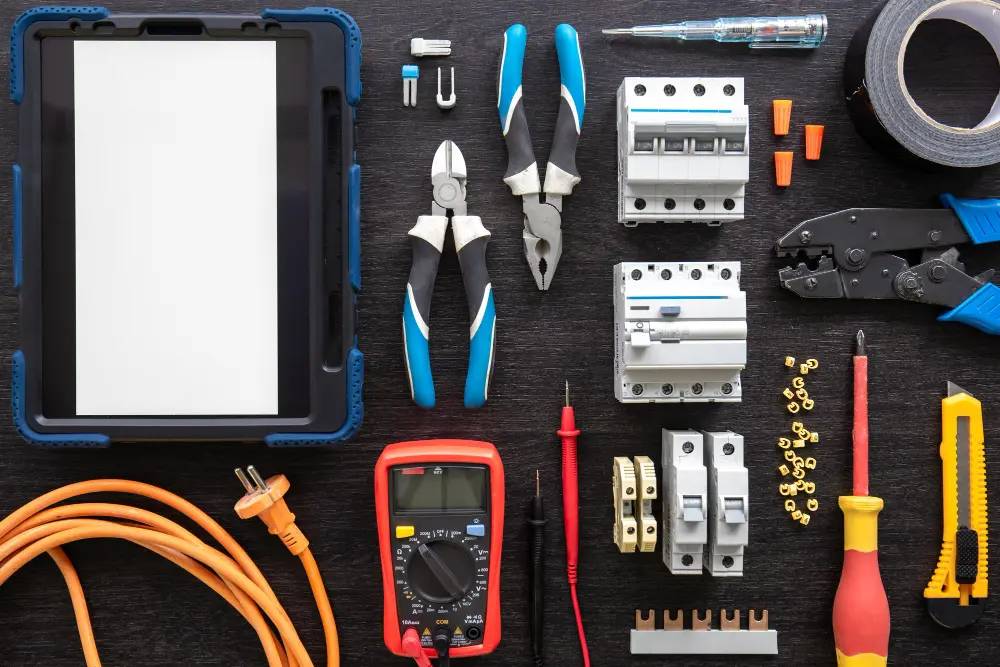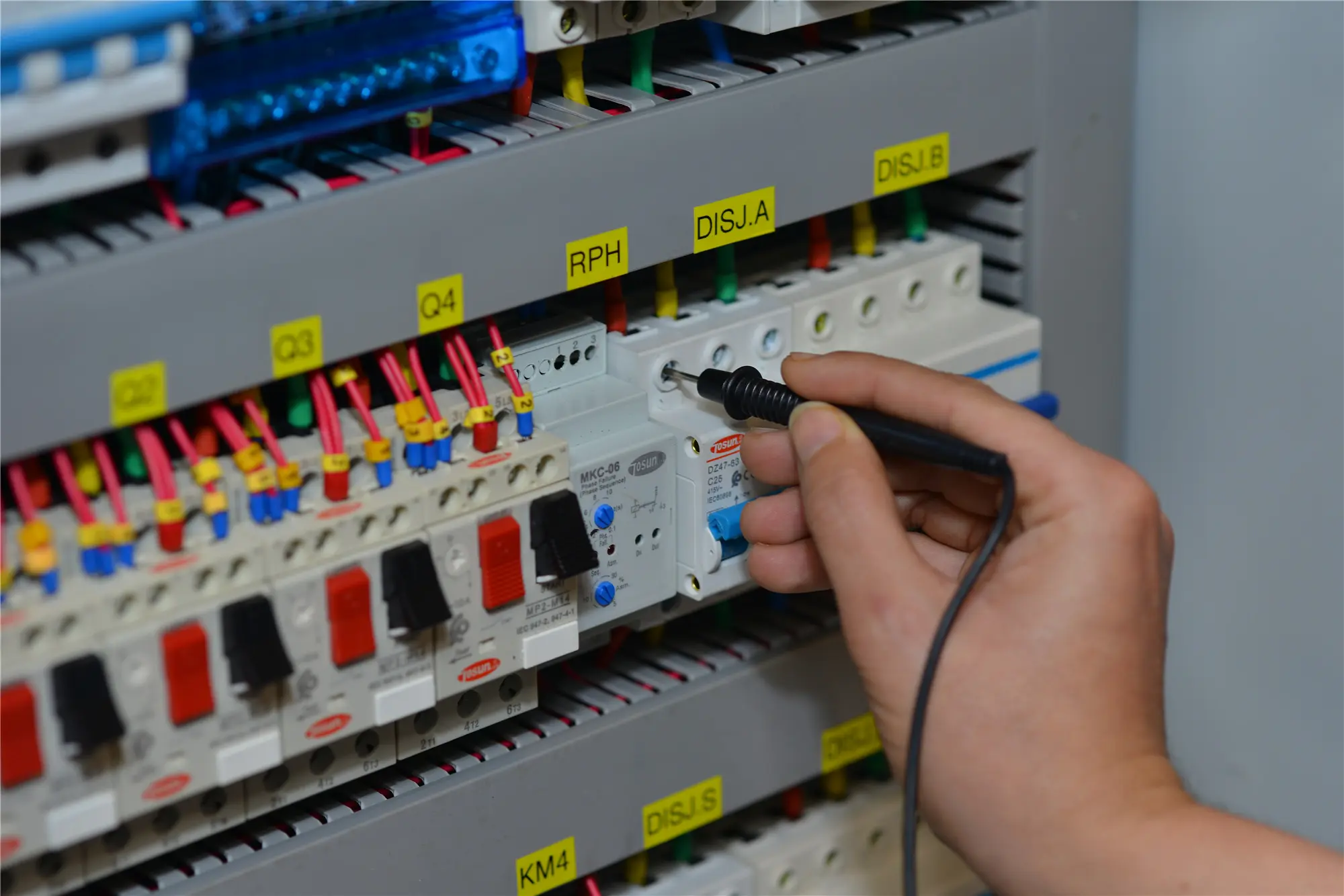What is the Interrupt Capacity of a Circuit Breaker?
Table of Contents
ToggleThe interrupt capacity of a circuit breaker is its ability to safely disconnect a faulted circuit by interrupting a short circuit or overload current.
This rating is essential for selecting the right breaker for a system, ensuring safety, and preventing damage.
Understanding interrupt ratings helps avoid catastrophic failures by matching breakers with fault current levels specific to an electrical installation.
What is Interrupt Capacity?
Interrupt capacity refers to the maximum amount of fault current that a circuit breaker can safely interrupt without being damaged or posing a hazard to the electrical system.
When a short circuit or overload occurs, the breaker’s primary function is to isolate the faulty circuit from the system.
If the fault current exceeds the breaker’s interrupt capacity, the breaker may fail to open properly, leading to dangerous conditions like electrical fires or equipment damage.
This rating is typically expressed in kiloamperes (kA) and is a crucial factor when selecting circuit breakers.
A breaker with a higher interrupt capacity is designed to handle more substantial fault currents.
For example, a breaker rated at 10 kA can safely interrupt fault currents up to 10,000 amperes.
Choosing a breaker with an appropriate interrupt capacity ensures that, during a fault, the breaker will trip quickly to protect the system, reducing the risk of damage or fire.
What Determines a Circuit’s Capacity?
A circuit’s capacity refers to the amount of current it can handle safely without overheating or suffering permanent damage.
Several factors determine a circuit’s capacity, including conductor size, system voltage, breaker type, and overall system design.
Properly designed electrical systems will have circuit breakers rated to handle the maximum potential fault current that could occur.
Conductor Size
Larger conductors allow more current to flow through the circuit without overheating, increasing the overall circuit capacity.
Breaker Type
Different breaker types, such as MCBs, MCCBs, and ACBs, have varying interrupting capacities. The type of breaker chosen must match the specific needs of the system.
System Voltage and Load
High-voltage systems require breakers with higher interrupting capacities.
The maximum load on the circuit influences the required interrupt rating because a higher load increases the chance of short circuits or overcurrent.
Interrupting Capacities of Circuit Breakers
| Type of Circuit Breaker | Typical Interrupting Capacity | Application |
| MCCB (Molded Case Circuit Breaker) | 10 kA, 25 kA, 65 kA | Industrial, commercial, and residential use; protects against overloads and short circuits. |
| MCB (Miniature Circuit Breaker) | 6 kA, 10 kA | Residential and light commercial use; suitable for lower fault currents. |
| ACB (Air Circuit Breaker) | 10 kA to 85 kA | Industrial applications; handles higher fault currents. |
| VCB (Vacuum Circuit Breaker) | 25 kA to 40 kA | Medium-voltage systems; ideal for protecting transformers and distribution lines. |
| SF₆ Circuit Breaker | 100 kA and above | High-voltage applications; used in substations and power plants. |
How to Calculate the Required Interrupt Rating
To ensure the selected circuit breaker is adequate for the system, it’s necessary to calculate the required interrupting capacity.
This involves determining the maximum fault current that could occur in the system.
Step 1: Identify Fault Current: Begin by identifying the transformer’s fault level and impedance.
Step 2: Calculate Prospective Short-Circuit Current: Use the system’s configuration to calculate the maximum fault current that could result from a short circuit.
Step 3: Select the Breaker: Match the breaker’s interrupt rating to exceed the calculated fault current to ensure protection.
In complex installations, software tools can assist in precise calculations, ensuring the correct breaker selection.
Tel: +86-577-88671000
E-mail: ceo@tosun.com
Skype: tosunelectric
Wechat: +86-139 6881 9286
WhatsApp: +86-139 0587 7291
Address: Room No.1001 Wenzhou Fortune Center,Station Road, Wenzhou, China
REQUEST A QUOTE
WhatsApp us
 : +86-139 0587 7291
: +86-139 0587 7291 English
English Español
Español Русский
Русский Français
Français العربية
العربية Português do Brasil
Português do Brasil Українська
Українська Türkçe
Türkçe Polski
Polski Nederlands
Nederlands Italiano
Italiano Bahasa Indonesia
Bahasa Indonesia हिन्दी
हिन्दी اردو
اردو አማርኛ
አማርኛ Հայերեն
Հայերեն ไทย
ไทย Монгол
Монгол فارسی
فارسی Shqip
Shqip Ελληνικά
Ελληνικά


